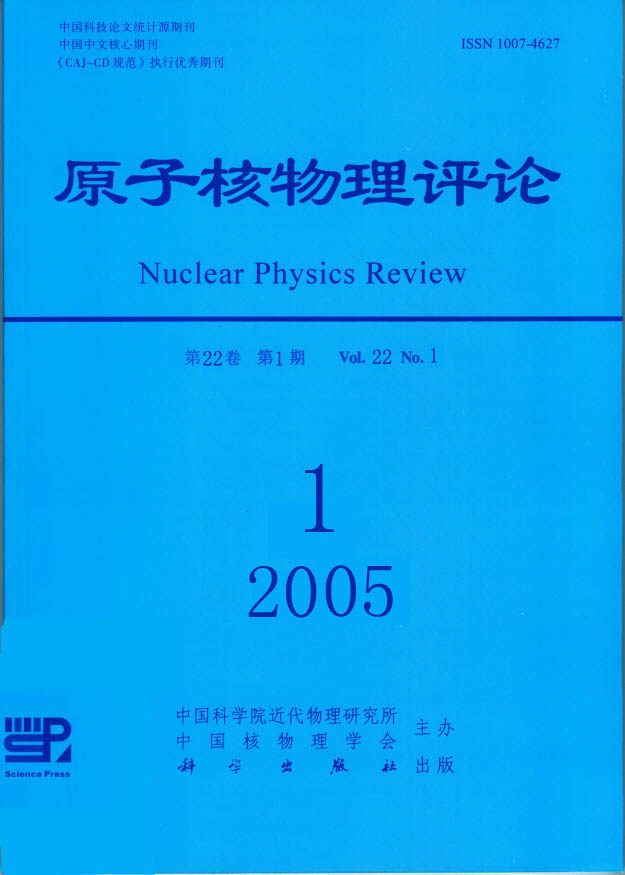Studies of Defects and Electronic Momentums in Graphite and Nanocrystalline Carbon
doi: 10.11804/NuclPhysRev.22.01.050
- Received Date: 1900-01-01
- Rev Recd Date: 1900-01-01
- Publish Date: 2005-03-20
-
Key words:
- positron annihilation /
- graphite /
- nanocrystalline carbon /
- defect /
- electronic momentum
Abstract: The defects and electronic momenta in graphite and nanocrystalline carbon have been studied by positron annihilation techniques. The results show that the concentration and open volume of defects in nanocrystalline carbon are higher/larger than that in graphite. Two kinds of microdefects were found in the nanocrystalline carbon: free volume (with a size of smaller than that of a monovacancy) and microvoids (with a size of about ten monovacancies). The anisotropic distribution of electronic momentum was found in single crystalline graphite, the momentum of free electron shows a maximum value in \[0001\] direction, and decreases with the increase of the angle deviation from \[0001\] direction and then reaches a minimum value in the direction perpendicular to \[0001\]. However, this phenomenon was not found in nanocrystalline carbon since the distribution of electronic momentum is isotropic.
| Citation: | DENG Wen, ZHOU Yin-e, ZHU Ying-ying, HUANG Yu-yang, LIU Qi-xiu, XIONG Liang-yue. Studies of Defects and Electronic Momentums in Graphite and Nanocrystalline Carbon[J]. Nuclear Physics Review, 2005, 22(1): 50-53. doi: 10.11804/NuclPhysRev.22.01.050 |






 甘公网安备 62010202000723号
甘公网安备 62010202000723号 DownLoad:
DownLoad: